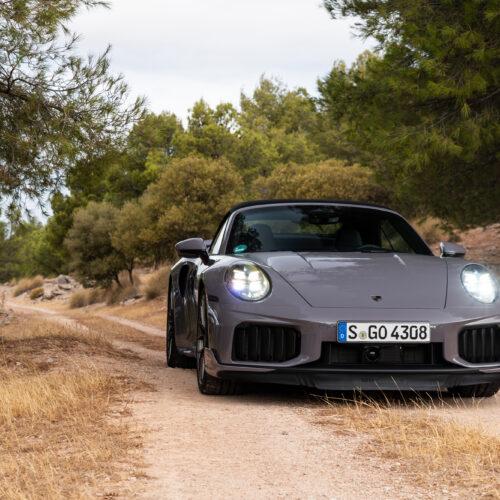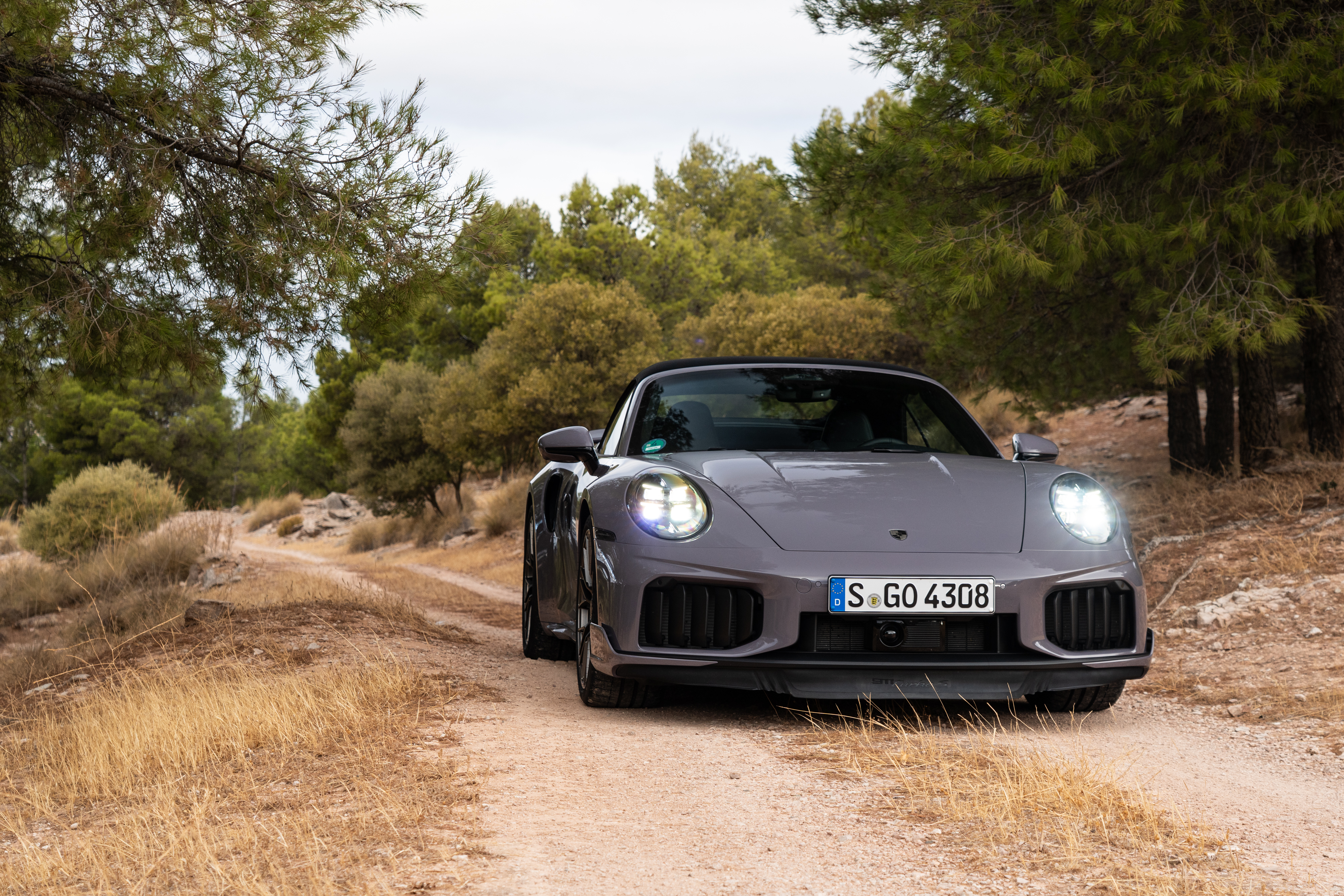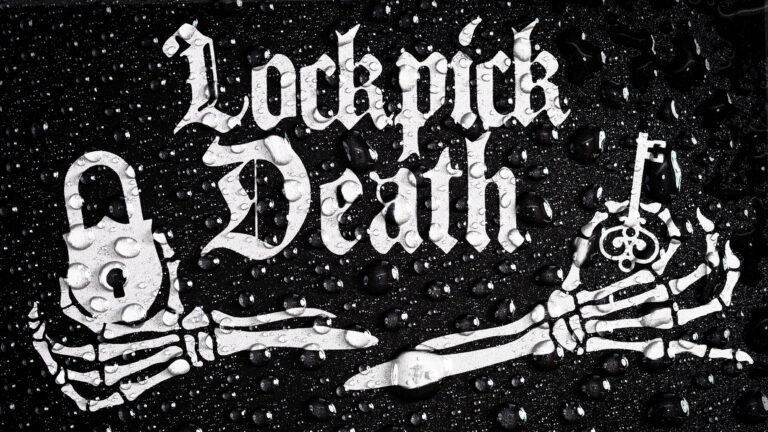Turbochargers have been injecting more power into engines for over 100 years, but never before have they been so prevalent in our cars. A little boost can add a lot of power and efficiency, too, making a turbocharger a great solution to eke maximum performance out of today’s engines. Usually, though, that comes with the penalty of throttle lag: You put your foot to the floor, and nothing much happens for a beat or two.
As we’ve recently seen in our review of the new 911 GTS, Porsche’s engineers have worked some magic to create a turbocharger that provides all the power and fun of forced induction but with none of the throttle response penalty. If adding one high-tech, high-voltage turbocharger is good, surely two would be better, right? Indeed, it is, if you can afford the cost of entry. Meet the 701 hp (523 kW) 2026 911 Turbo S, Porsche’s new most powerful 911 ever.
Twinning the T-Hybrid
For Porsche’s first hybrid 911, the GTS, the company didn’t simply add an electric motor and bigger battery into the mix and call it a day. It also inserted another high-speed motor into the turbocharger, enabling it to spin up to maximum speed in less than a second, nearly eliminating turbo lag.
The performance is other-worldly, but the price is similarly out of reach. Tim Stevens
The same concept is applied here in the 911 Turbo S, except that where the GTS has one turbo, the Turbo S has a pair of them. They’re slightly smaller here, 10 mm down on the compressor side and 15 mm on the turbine side, enabling them to spin up quicker still.
They can also do all the same tricks as in the GTS, including providing more power and enabling another source of battery regeneration. Once those turbos reach their maximum speed, the electric motors at their core turn into recuperation mode, sending power back to the 1.9 kWh lithium-ion battery pack or directly to the electric motor integrated into the Turbo S’s PDK dual-clutch transmission.
The net result is 701 hp and 590 pound-feet of torque (800 Nm), delivered through to all four wheels, enough to blast this thing to 62 mph (100 km/h) from a standstill in just 2.5 seconds.
Launch control
Launch control in a 911 Turbo has always been a dramatic experience, but never has it been so brutal. Spin the Drive Mode wheel on the steering wheel over to engage Sport Plus, then put a foot firmly on the brake pedal and another foot on the gas. The engine revs obediently, the turbos sling themselves up to speed, and when you lift off the brake, everything in your body is abruptly rearranged. No chiropractor on the planet is more efficient than this.
The 911 Turbo S’s cockpit. Tim Stevens
Though only 0.2 seconds faster than the last-gen Turbo S, the new one feels far more violent. Still, the real hallmark of the new Turbo S isn’t theatrics; it’s everyday squirts of the throttle when you’re out and about. Put the thing in Sport mode, and any time your right ankle twitches on the accelerator, the car absolutely leaps forward.
Keep that ankle inclined, and the speed just keeps on coming. The mixture of immediate throttle response and outrageous top-end power is utterly addictive, so much so that those drivers lacking in personal restraint may find themselves in literal restraints before long. You’ve been warned.
Other upgrades
To handle the 61 hp (45.5 kW) of additional power over the outgoing car, the new Turbo S features 10 mm wider tires at the rear—sticky Pirelli P Zero Rs to be exact. Porsche also outfitted a new form of active suspension to the Turbo S, which uses one of the pumps from the Panamera’s trick new Active Ride suspension to drive actuators at each of the car’s four corners.
By raising or lowering pressure, the 911 Turbo S effectively varies the stiffness of its anti-rollbars, resulting in a cushier ride for daily driving and a more aggressive one in Sport or Sport Plus. The feeling of the Turbo S is never exactly plush—those low-profile tires aren’t ideal for that—but neither is it harsh. I felt quite comfortable cruising over the broken Malagan asphalt, making this an ideal daily driver.
I didn’t even mind the soft-top convertible in the Cabriolet, which raises and lowers quickly and, even at highway speed, doesn’t add much road noise to the equation. Still, if I were buying, I’d go coupe instead of Cabriolet, if only for the extra headroom and cleaner styling.
I won’t be buying, though, because I can’t afford one. The 2026 Porsche 911 Turbo S starts at $270,300 for the coupe or $284,300 for the soft-top Cabriolet, plus a $2,350 destination fee. That’s for a reasonably well-equipped car, including the new active suspension and carbon-ceramic brakes, but start digging into the options catalogue or ponder the expanded palette in Porsche’s Paint to Sample lines, and you’ll quickly find yourself on the painful side of $300,000. That’s a mighty amount of money for a 911, a whopping $40,000 MSRP increase over last year’s model, but given the wild level of engineering required to deliver this much power and responsiveness, it doesn’t feel completely out of line.






